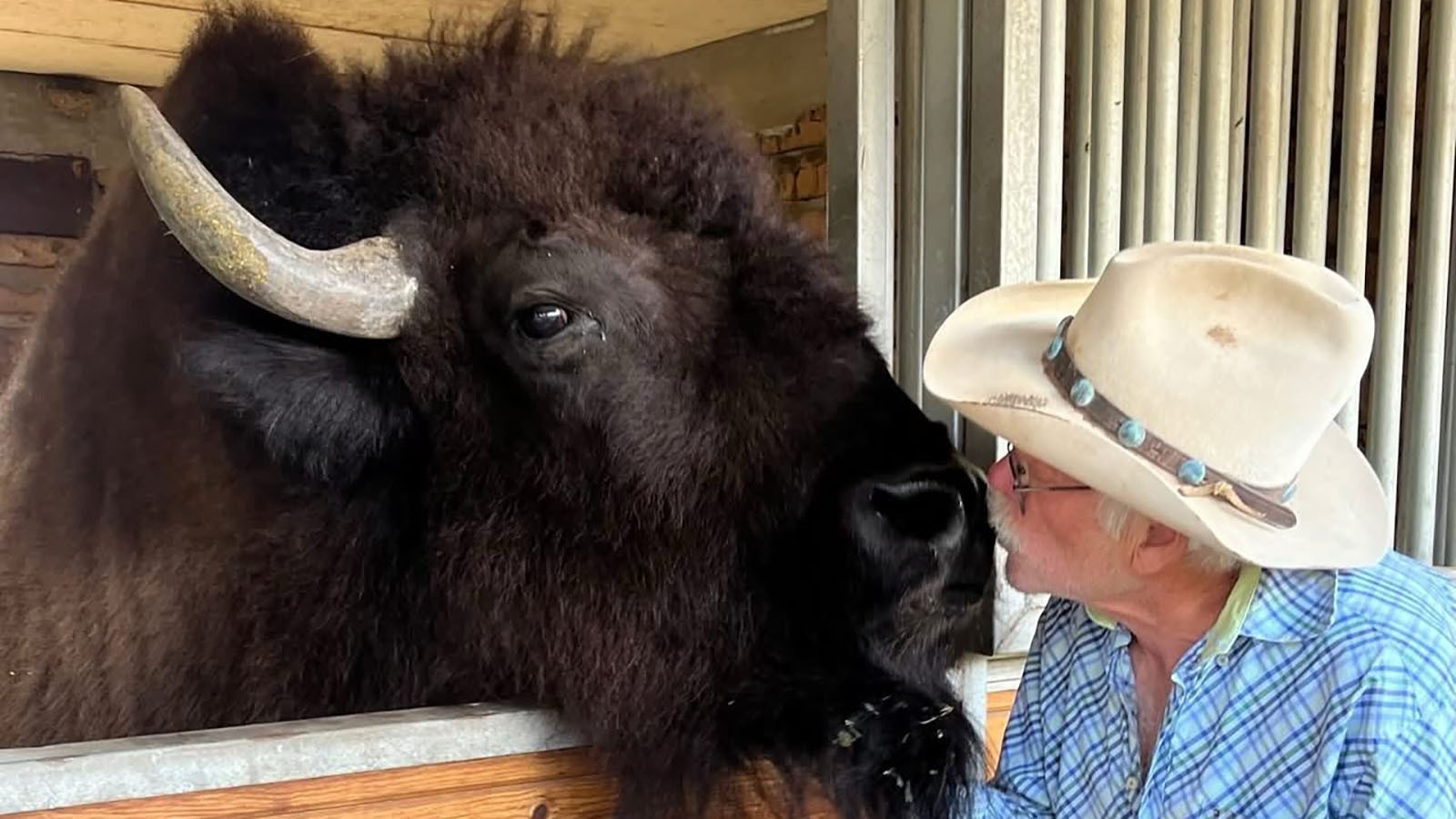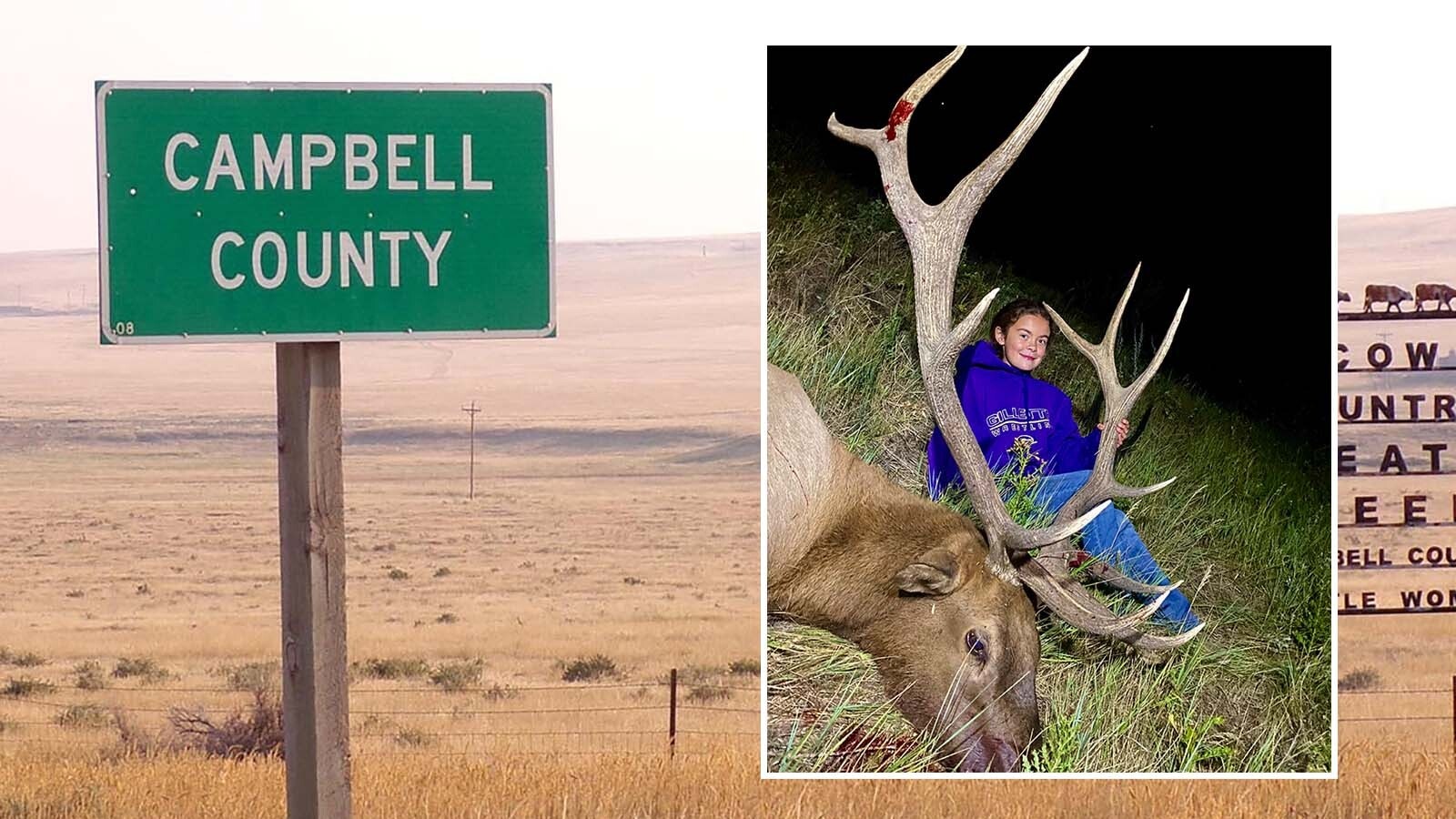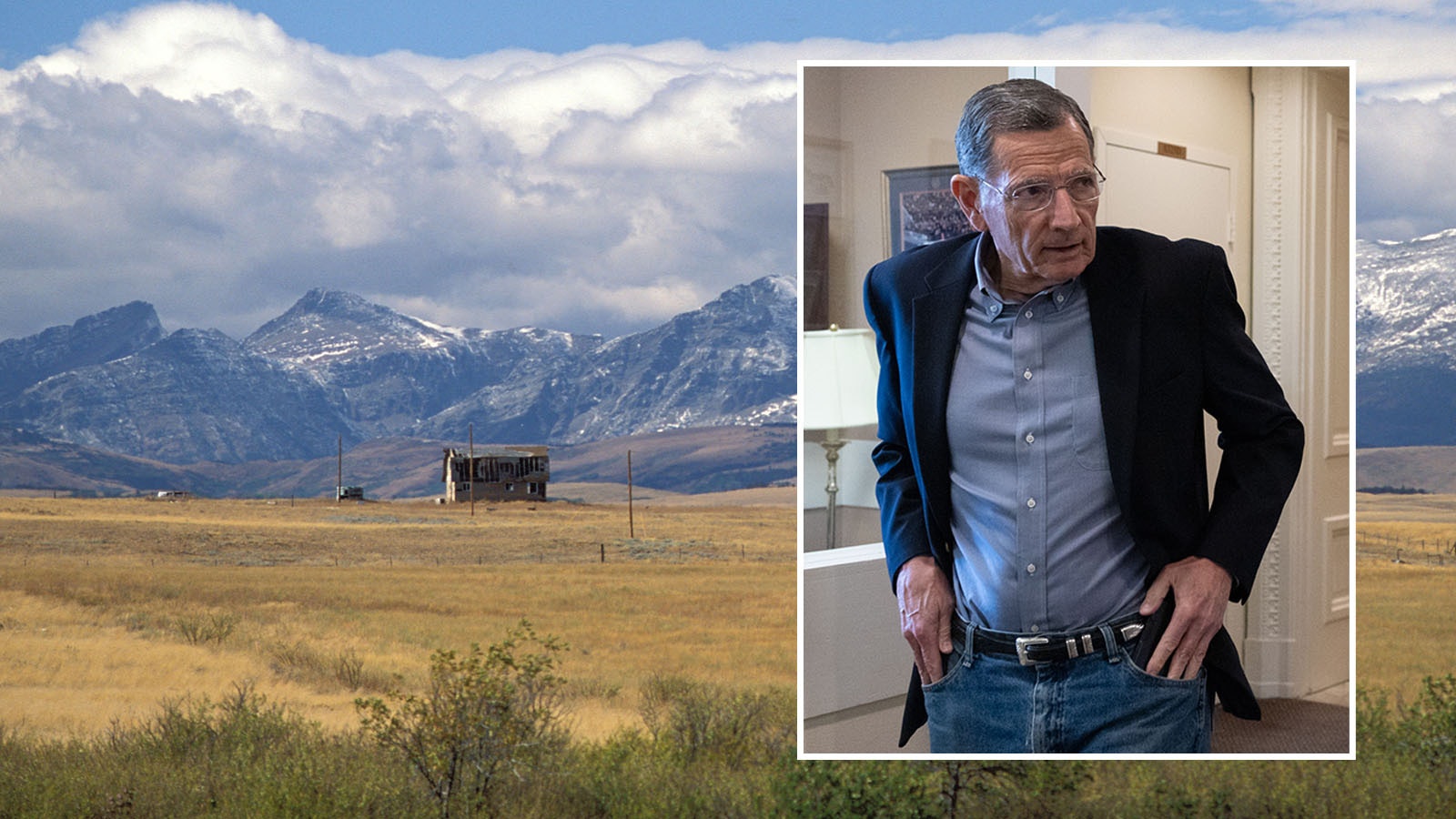Hunters and trappers killed 289 wolves in Montana last year, but if legislators behind two bills before that state’s Legislature get their way, those numbers could go higher.
Montana House Bill 258 would extend wolf hunting and trapping seasons by about three months, and House Bill 259 would allow hunters to use thermal imaging and night vision scopes.
Montana has an estimated wolf population of 1,087, compared to an estimated 338 wolves in Wyoming.
Wolf Advocates Don’t Like New Bills
Wolf conservation advocates don’t like the bills and plan to push back when both bills go before the Montana Senate’s Fish and Game Committee on March 18.
Bear and wolf advocate Connie Poten of Missoula, Montana, is putting out the call, hoping that opponents show up in force to testify against the bills.
“There’s been a lot of anti-wolf sentiment in Montana. It think it’s been building since Greg Gianforte was elected (governor in 2020),” she said.
Poten’s organization, Footloose Montana, and other groups argue that if the bills are passed into law, it could lead to widespread slaughter of wolves, including mother wolves and their pups.
Rep. Paul Fielder, R-Thompson Falls, is the primary sponsor of both bills. Calls and messages for Fielder were not returned.
Bills Might Have Little Effect
The Rocky Mountain Elk Foundation (RMEF) supports the Montana Fish, Wildlife and Parks (FWP) wolf management program, said Ryan Bronson, a spokesman for the organization.
From RMEF’s perspective, it’s not certain what the benefits of HB 258 and HB 259 might be, he told Cowboy State Daily.
Montana’s wolf hunting and trapping seasons now end in mid-March. HB 258 would extend them until June 15.
“Extending them (wolf hunts) into spring bear season, we’re not sure what the benefit of that is,” Bronson said.
He added that according to his understanding, night vision hunting for wolves is already legal in Montana, so all HB 259 does is clarify that “infrared and thermal imaging” qualify as night vision.
“It seems like a nothing burger,” he said.
Wyoming legalized night vision hunting for predators on public land in 2023.
Even if the bills pass, Bronson said he doesn’t think that would send Montana’s wolf harvest through the roof.
RMEF favors wolf hunting, but it doesn’t want hunting to be so heavy-handed as to open the door to wolves being re-listed as an endangered species, which would shut hunting down completely.
Let FWP Do Its Job
FWP and its peer state wildlife agencies in Wyoming and Idaho have done a good job of stabilizing and managing wolf populations, Bronson said.
“We have a lot of confidence that FWP is managing both elk and wolves sustainably,” Bronson said.
State management of wolves in Montana, Wyoming and Idaho should serve as an example for other states, he added.
Bronson and Poten both said they have misgivings about the Montana Legislature getting too involved in wildlife management policy.
That’s best left up FWP and its governing body, the Fish and Game Commission, they said.
If the wolf hunting season is to be extended, it should be because “FWP has determined that it makes sense scientifically to extend it,” Bronson said.
Montana Wolf Controversy Not New
Gianforte has vocally supported hardline wolf management.
Shortly after taking office during the 2020-2021 wolf hunting and trapping season, he landed in hot water after trapping and killing a wolf that had wandered out of Yellowstone National Park and into Montana.
He was given a written warning for failing to take a state-mandated wolf-trapping course beforehand.
Controversy also blew up around the 2021-2022 Montana wolf season. Hunters killed 25 wolves that crossed Yellowstone’s borders into neighboring states, mostly in Montana.
That was estimated to be about 20% of Yellowstone’s wolf population at the time.
Mark Heinz can be reached at mark@cowboystatedaily.com.





